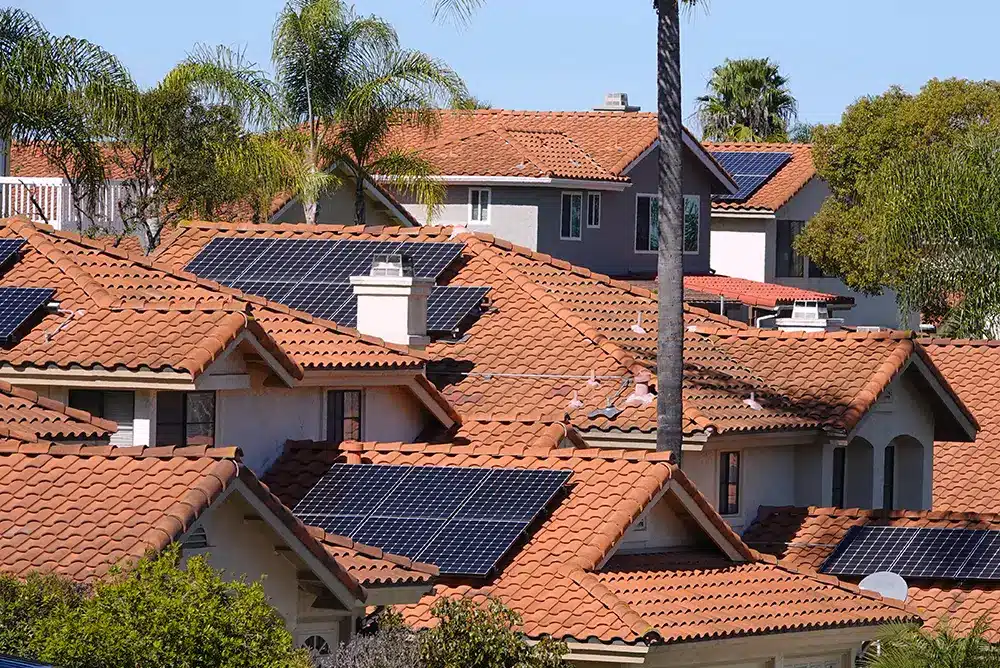By Gary Stewart
At SBR Roofing, we have witnessed firsthand how green roofs reshape architectural design. In today’s construction landscape, sustainable practices are not just an option but a necessity. I have seen eco-friendly features such as garden rooftops and integrated solar installations become essential elements in modern designs—improving energy efficiency, enhancing property aesthetics, and adding long-term value. This shift toward green roofing reflects a broader commitment to environmental responsibility, redefining the industry.
The Rise of Green Roofs in Modern Architecture
Observing current trends in construction, I see that environmental consciousness broadly influences roof design, construction methods, and broader architectural choices. The emergence of garden roofs and roofs equipped with solar installations highlights this shift toward sustainable building practices, demonstrating that eco-friendly features are becoming integral to modern roof design.
Many new developments reflect this mindset—developers, architects, and local regulations all contribute to designs that factor in the benefits of sustainability. This approach acknowledges that although there may be an initial added cost, the long-term advantages for property owners and the community make it a worthwhile investment.
Benefits of Green Roofs for Commercial and Residential Properties
Sustainability is a cornerstone of modern construction. In my experience, new buildings integrate green roofing technologies to reduce environmental impact and deliver long-term economic and aesthetic benefits. This evolution is driven by both market demand and regulatory standards.
Green roofing technologies offer clear financial and environmental benefits for property owners. For example, I have seen roofs that integrate solar panels generate electricity, directly offsetting costs through energy savings. Additionally, green roofs with garden spaces may not offer immediate financial returns but enhance the environment by capturing carbon, reducing heat absorption, and boosting curb appeal—factors that contribute to higher overall property value and improved quality of life for residents.
Enhancing Property Value and Curb Appeal
Green roofing technologies significantly enhance a property’s aesthetic value. For instance, retrofitted office buildings in Los Angeles showcase landscaped rooftop gardens. These spaces provide tenants with relaxing outdoor retreats on upper levels, which not only improve visual appeal but may also justify higher rents or association fees due to the enhanced quality of living.
Compliance with Local and State Environmental Regulations
Regulatory requirements in California mandate that roofs meet Title 24 standards, which call for a reflective “cool roof.” This regulation ensures roofs are designed to reflect, rather than absorb, heat—typically achieved with a white or reflective coating—thereby reducing the overall heat load on the building and improving energy efficiency compared to traditional, darker roofs.
Available Incentives and Tax Benefits for Green Roofs
Established programs offering incentives and tax benefits—particularly for roofs fitted with solar panels—have encouraged such installations for the past two decades. While the incentives for garden roofs might not be as clearly defined, local municipalities or city initiatives could also support environmentally friendly roof modifications.
The Future of Green Roofs in Architectural Design
The evolution of green roofing and sustainable architecture appears promising. As technology advances, I have observed more integrated designs—such as combining solar energy generation with landscaped spaces—becoming increasingly common. Moreover, as solar technology matures and reliance on incentives diminishes, I anticipate more efficient, self-sustaining systems that deliver economic and environmental benefits, ultimately driving further innovation in green building practices.
Conclusion
It’s important to note that while a simple reflective coating may suffice if issues are identified early, roofs facing multiple problems typically require a more comprehensive solution. This might involve additional patching, sealing, or partial re-roofing before the final green enhancements are applied. Such a thorough approach ensures that green roofing improves energy efficiency and aesthetics and maintains the structural integrity necessary for long-term performance.
Go beyond traditional roofing; contact SBR Roofing for your quote today.
Author Bio
As a proud fourth-generation commercial roofing contractor, Gary Stewart has dedicated his career to upholding his family’s legacy of quality and craftsmanship. Today, as a managing partner, he works alongside his relatives, blending tradition with innovation to deliver exceptional roofing solutions. His commitment to excellence and teamwork strengthens SBR Roofing’s projects and deepens those family bonds, ensuring that every roof we build is a testament to our shared values of integrity, durability, and service. Together, we are not just constructing roofs; we are building a future for our community and our family lineage.







